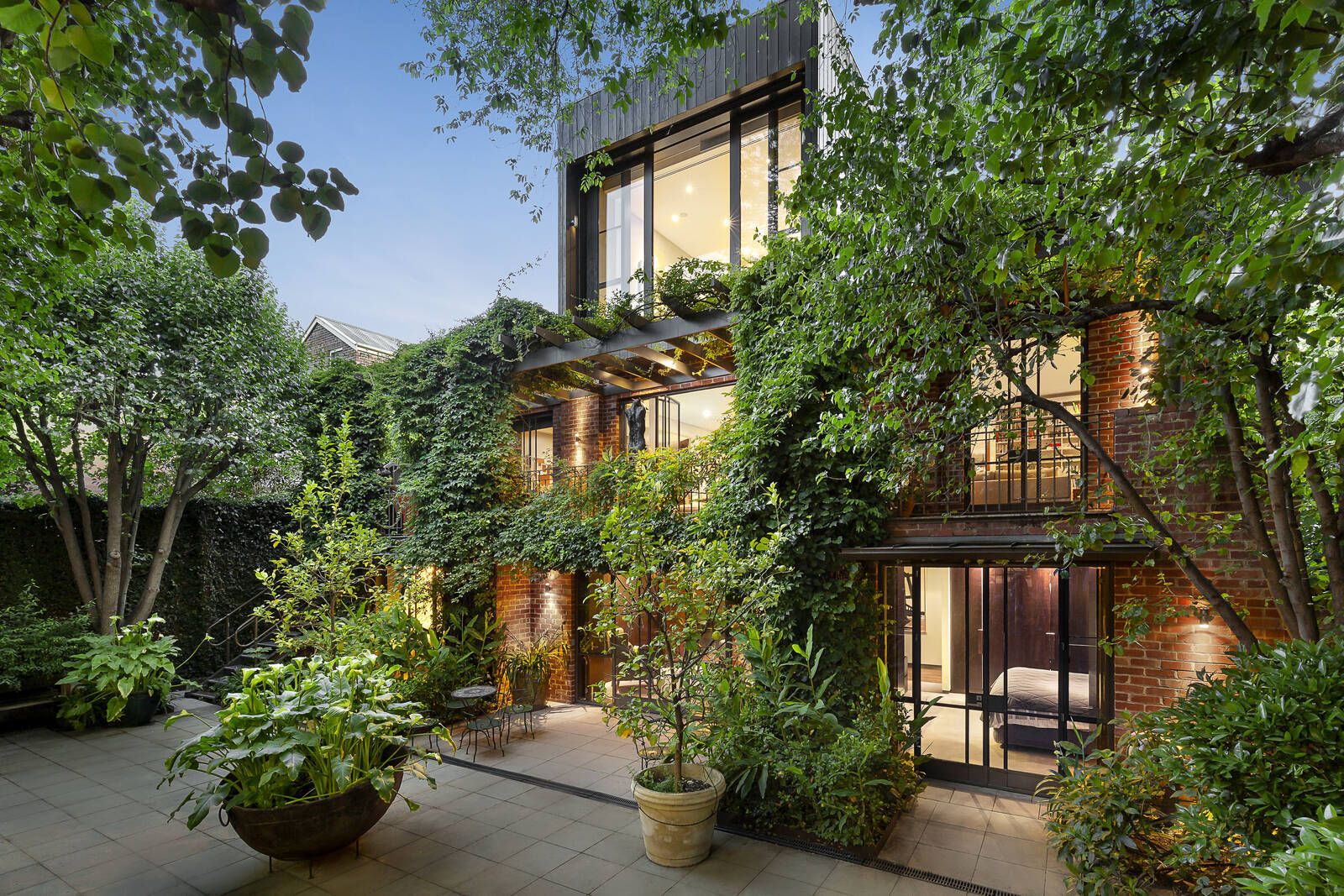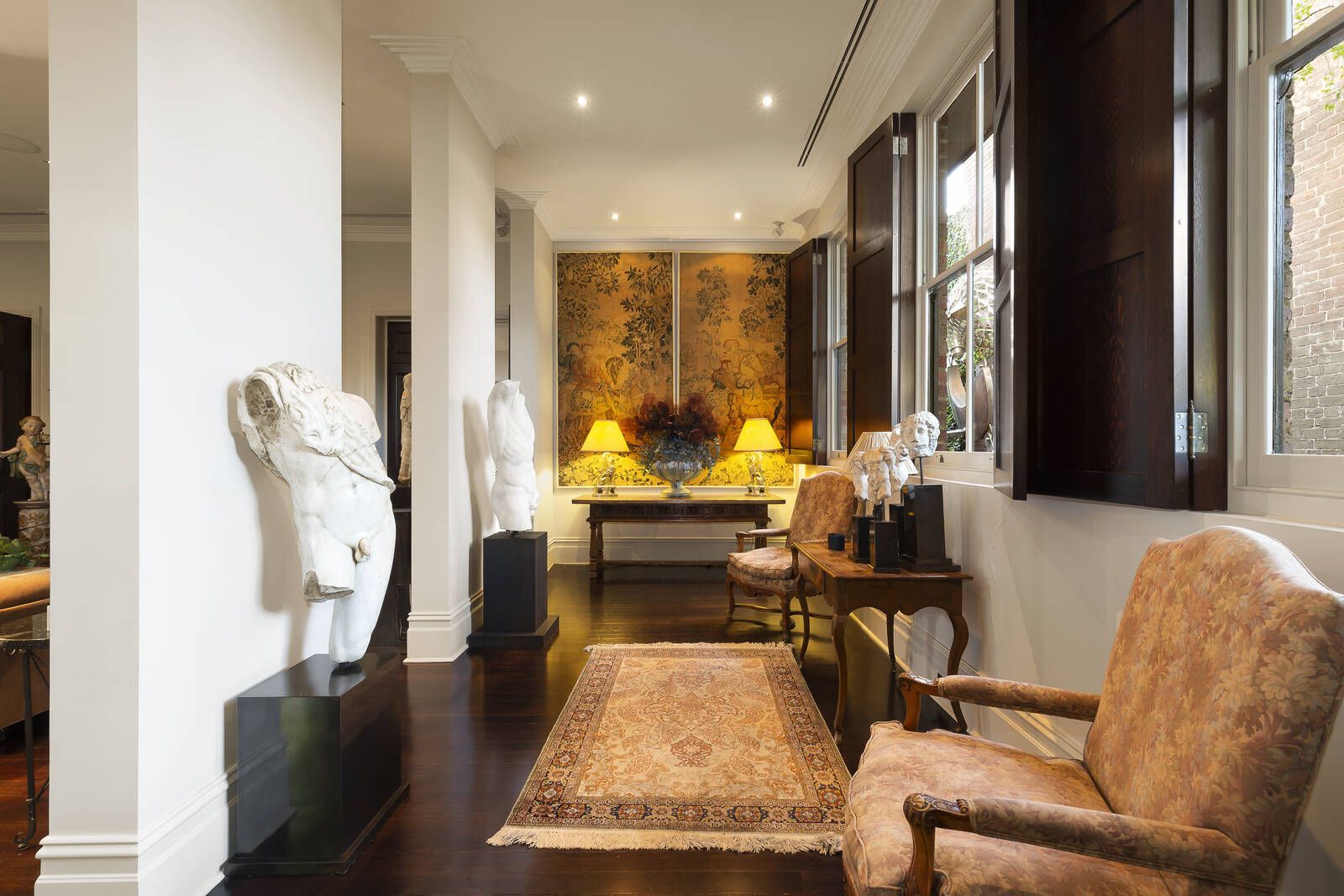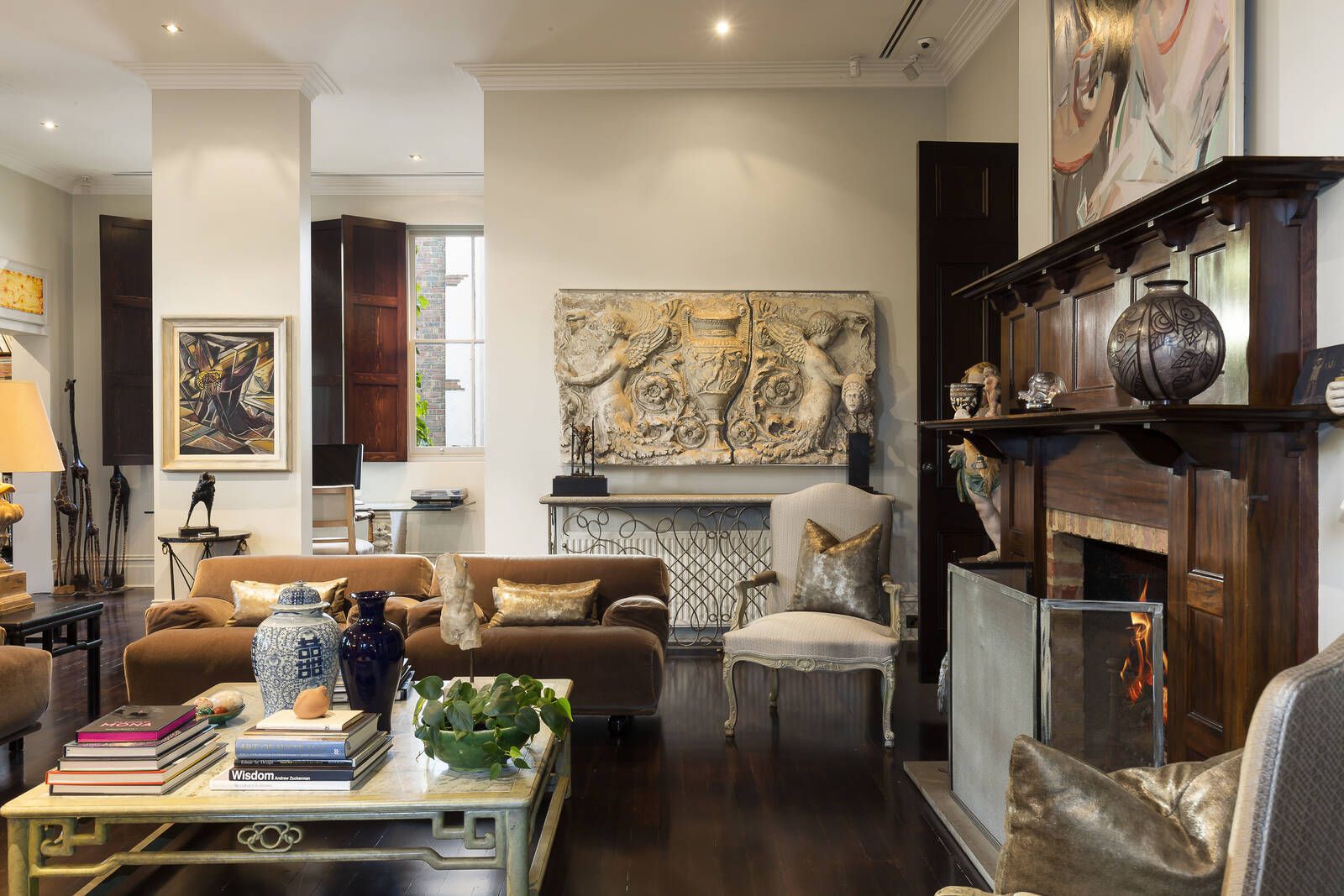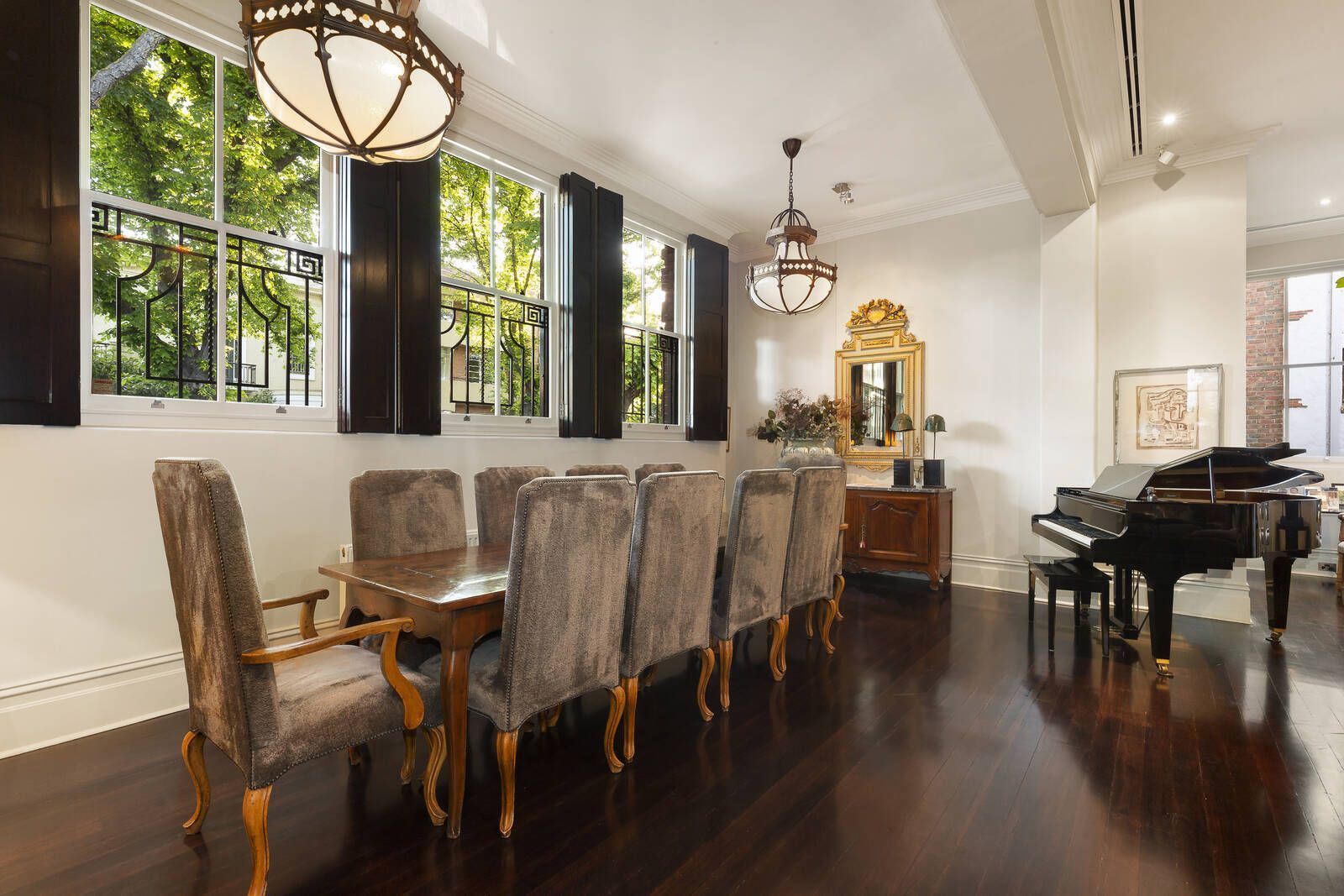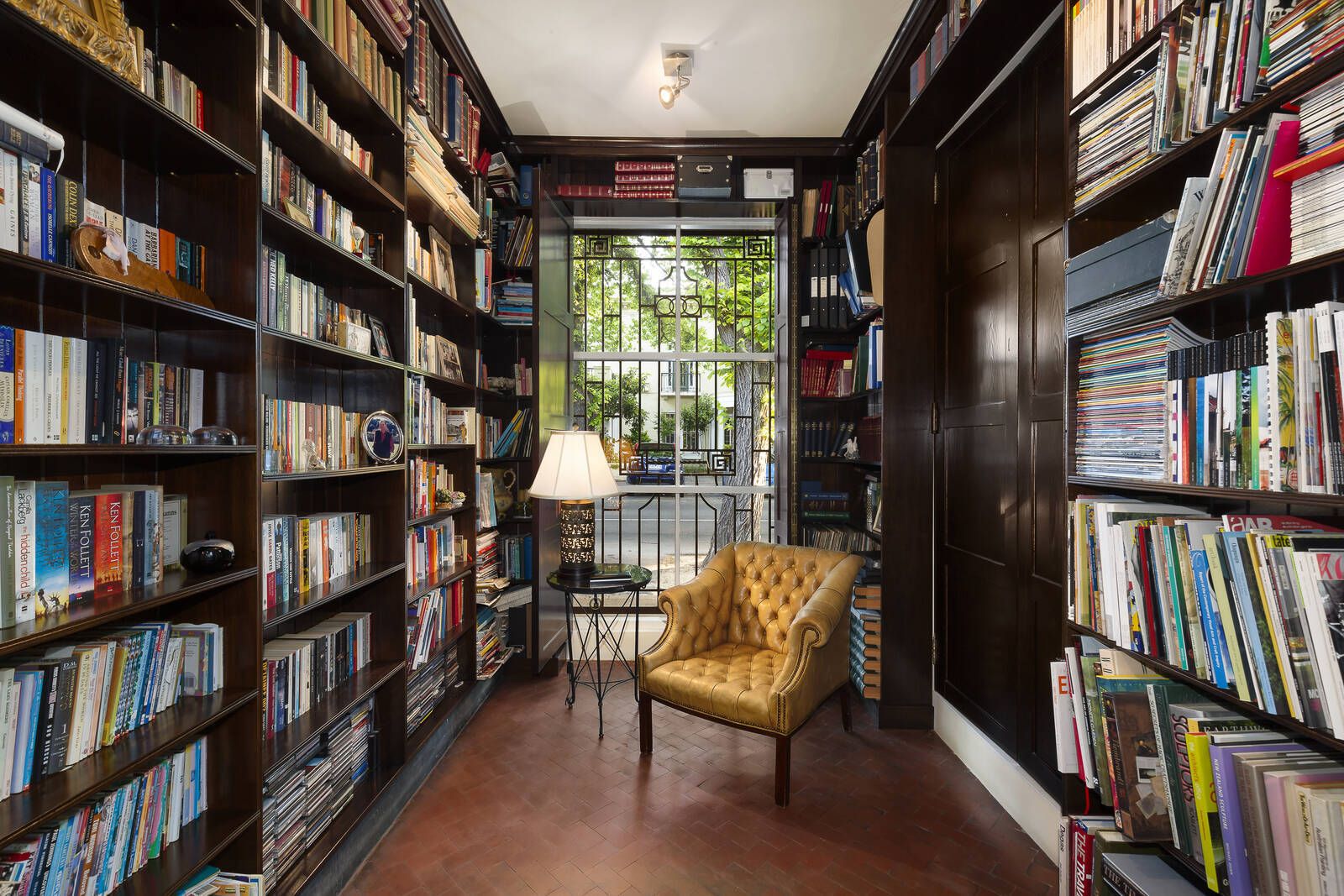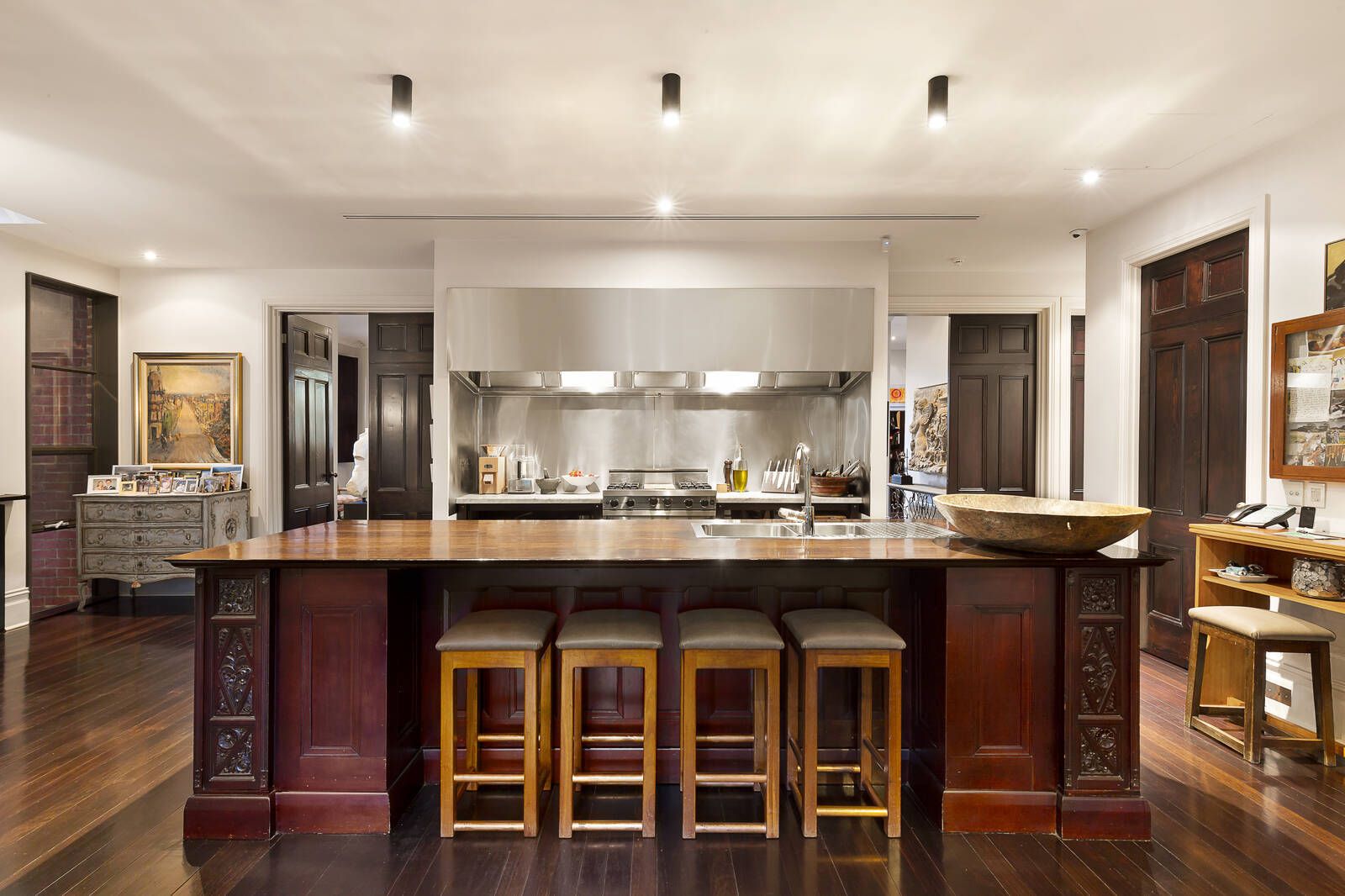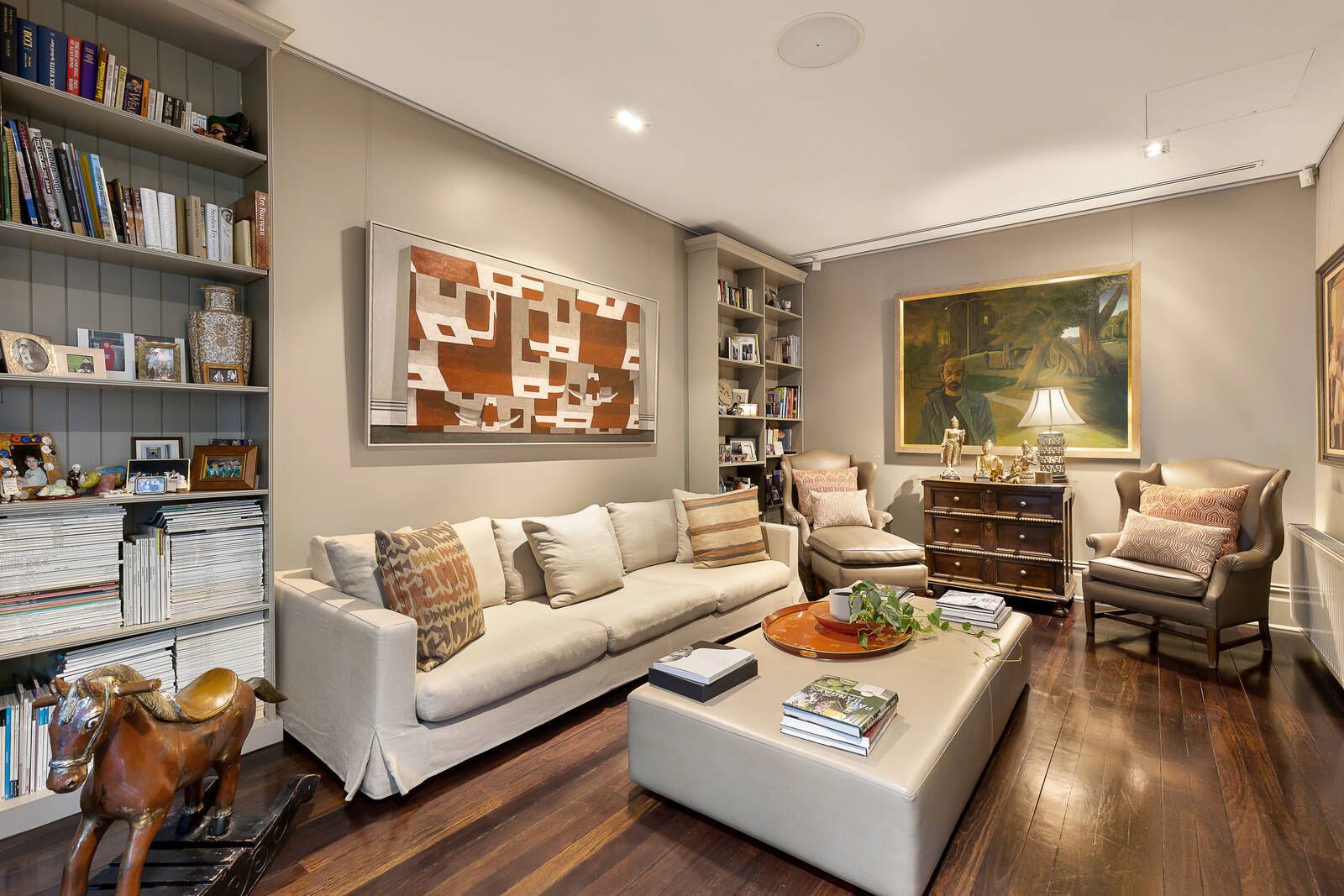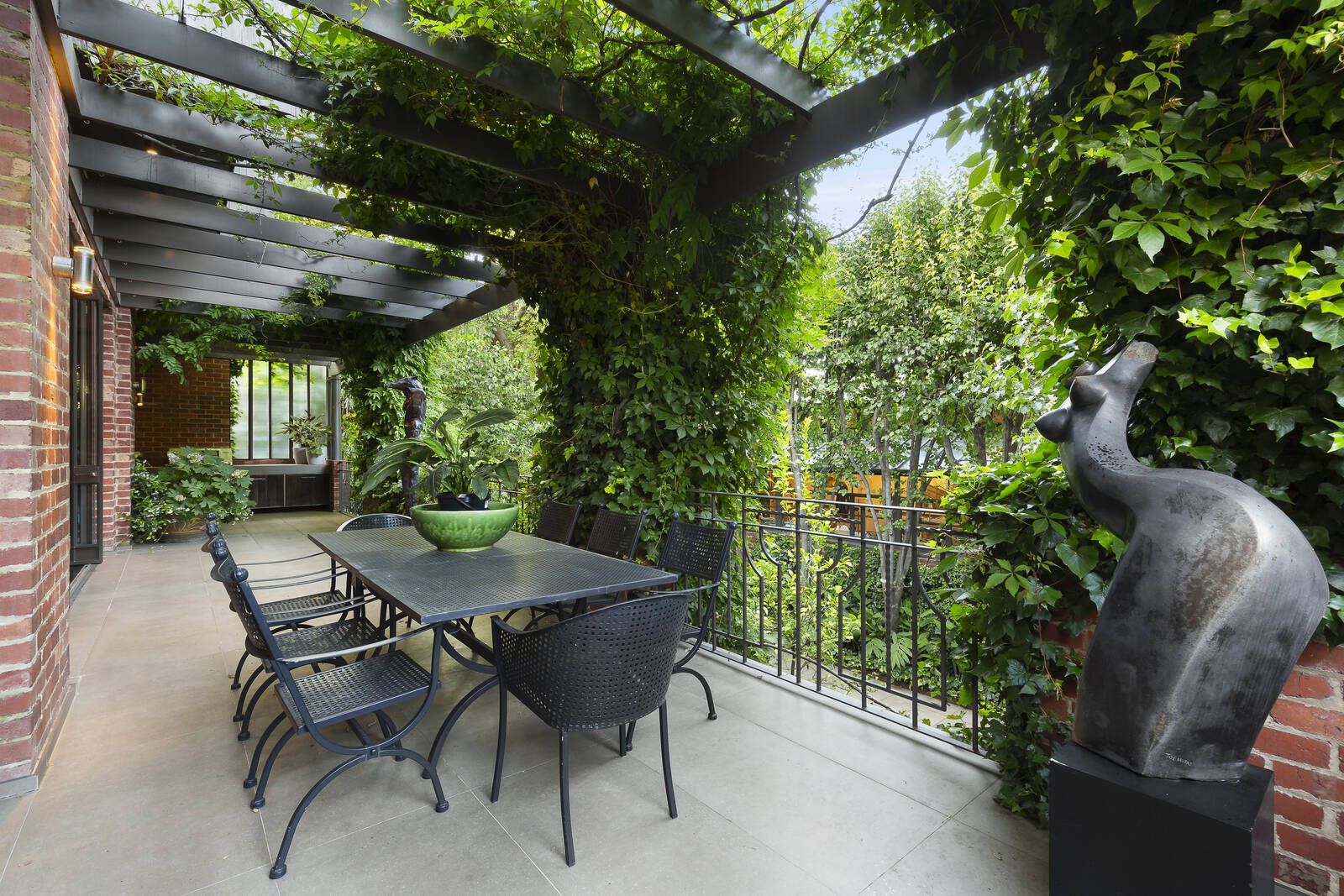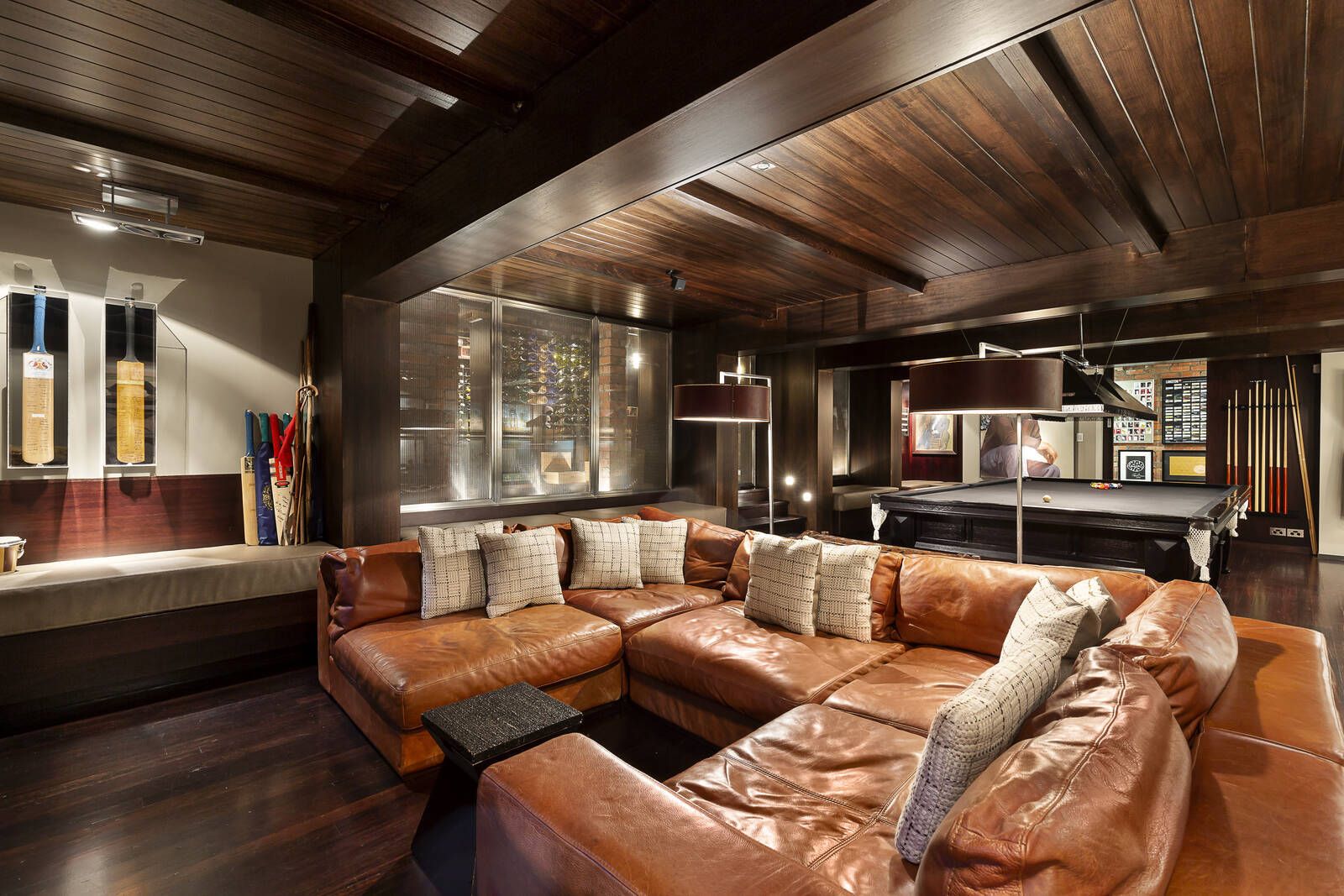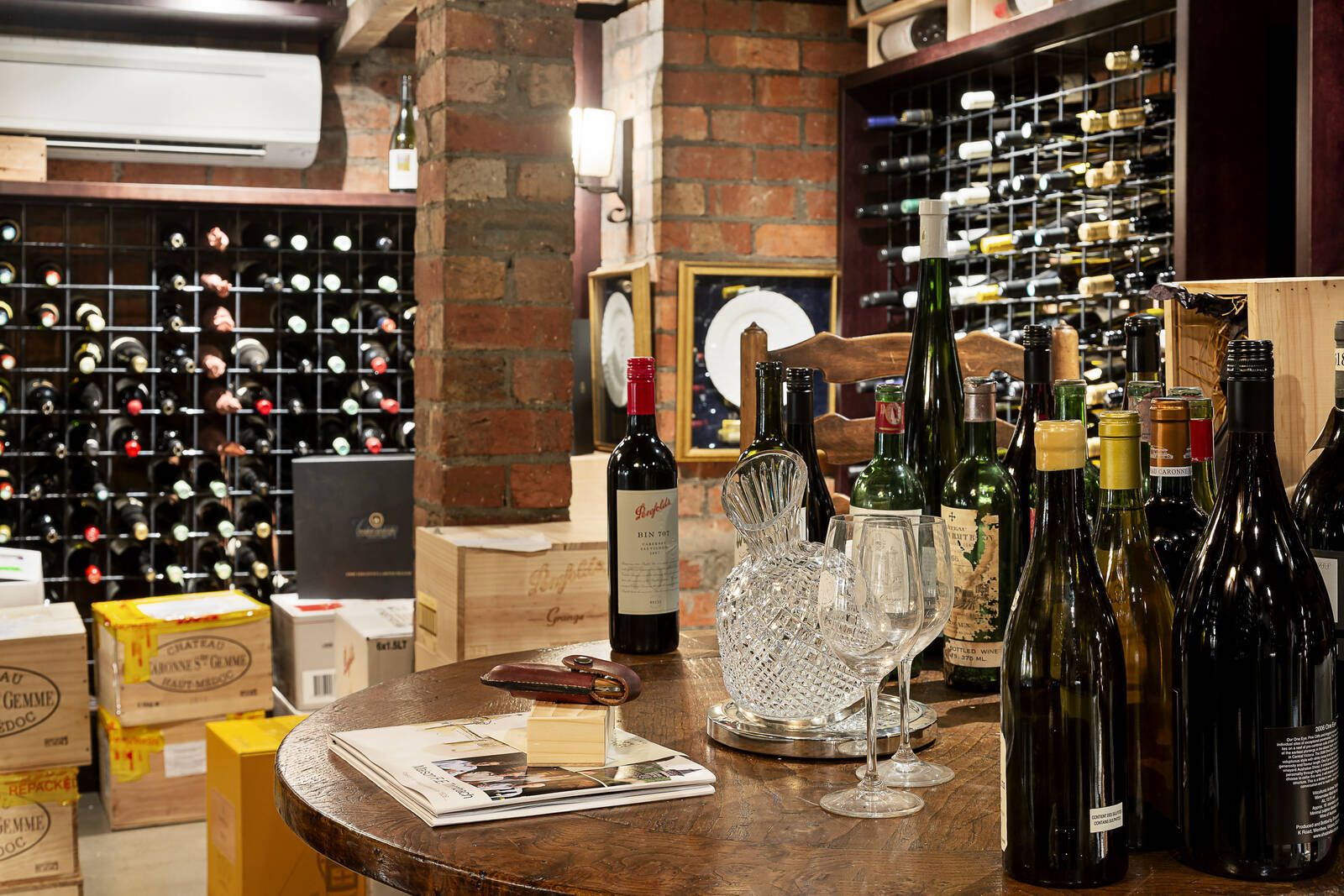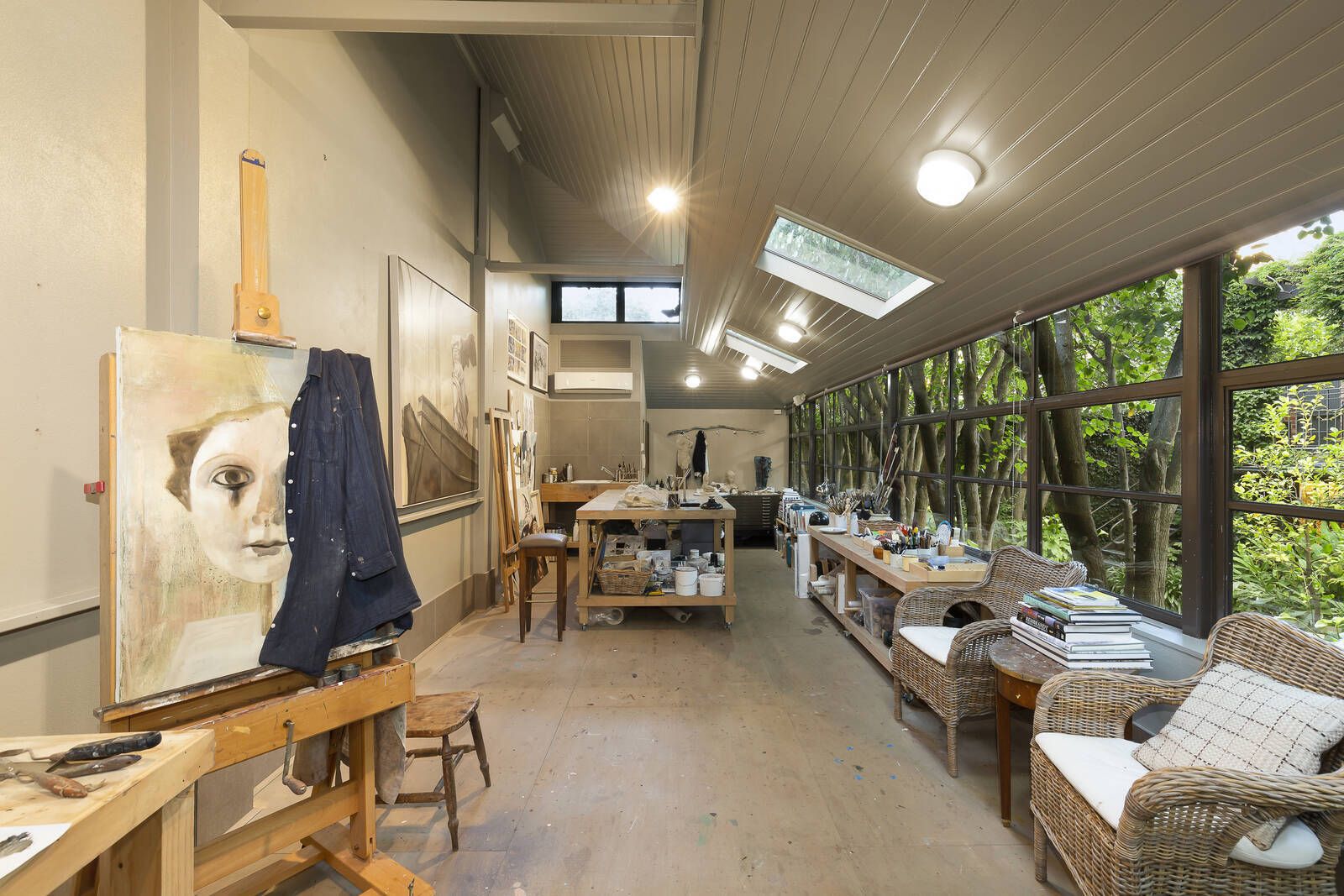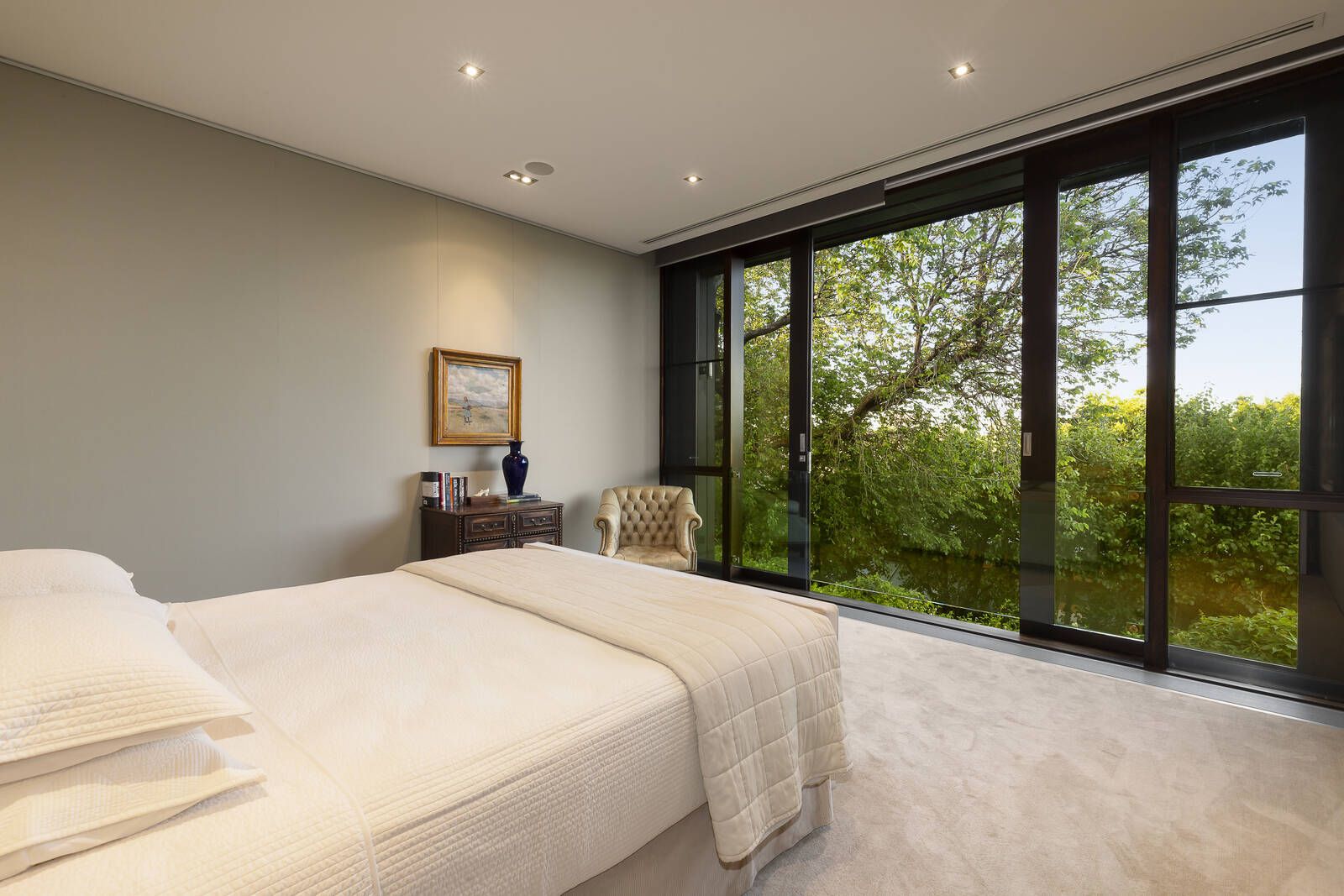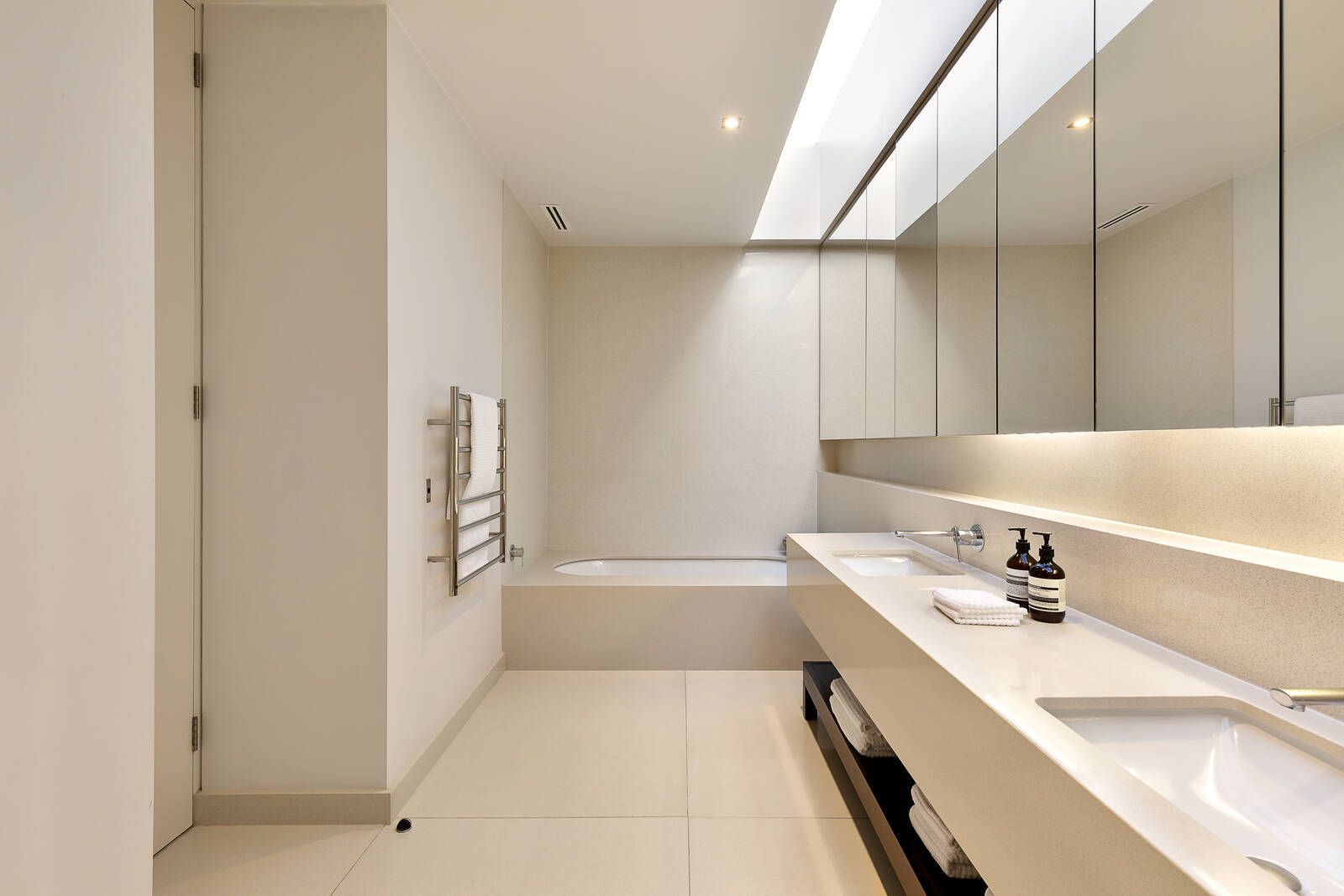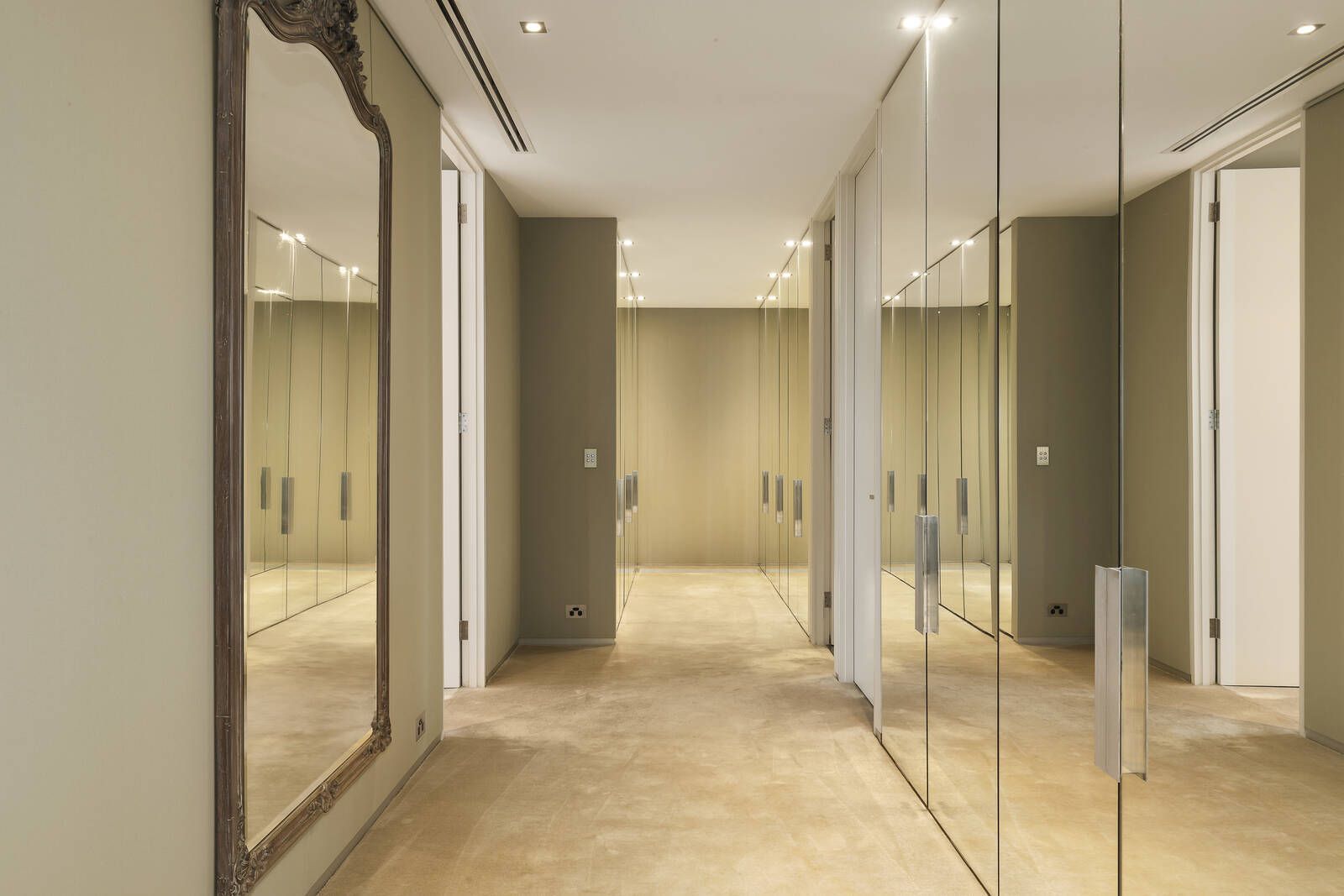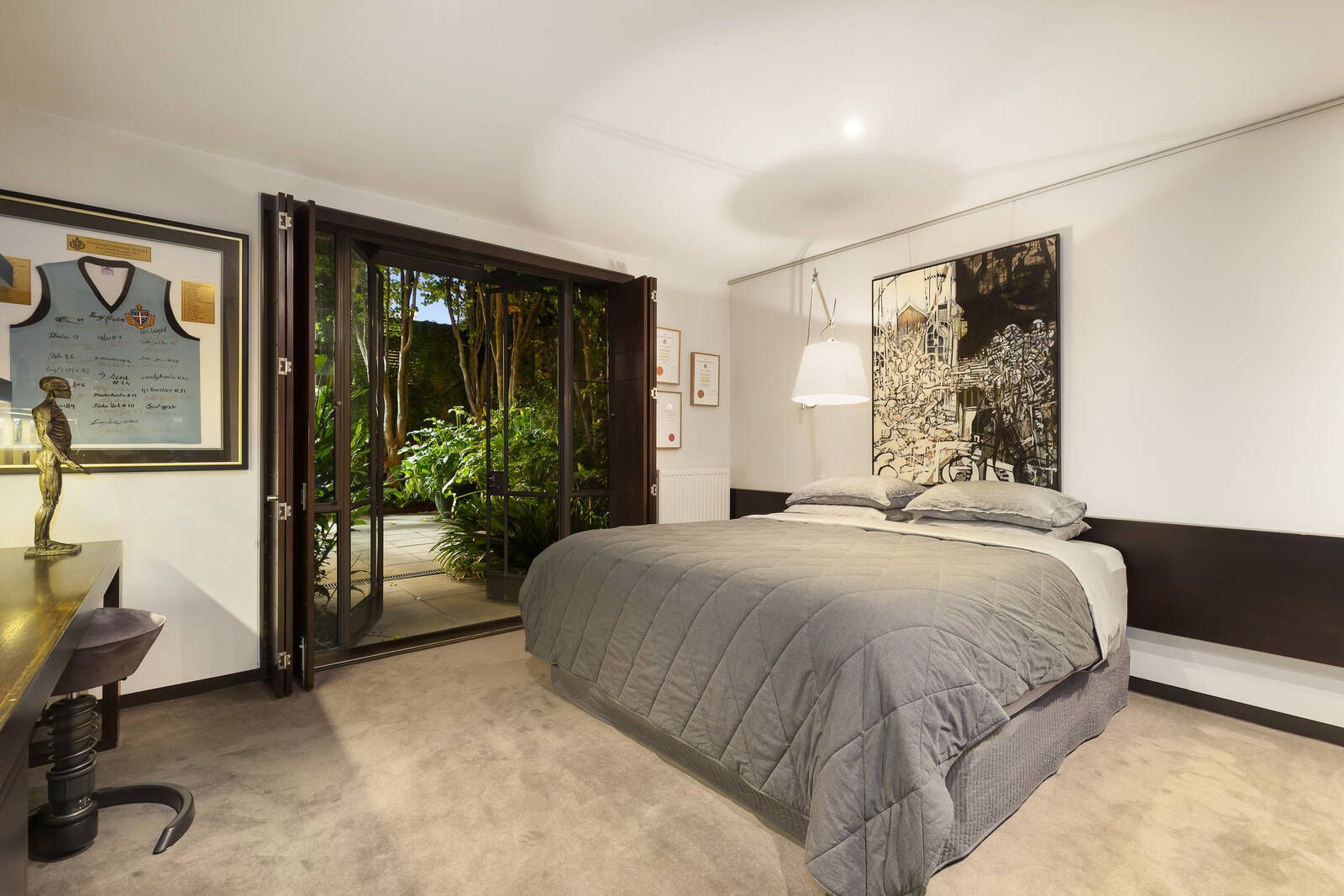Prestige Property: 24-28 George Street, East Melbourne, VIC
Historic charm meets modern opulence.
Offered as a residence for the first time in over 100 years is this luxuriously transformed post office in East Melbourne.
Set across an impressive 723sqm plot, the 4-bedroom, 3-bathroom, 2-car garage home presents 687sqm of contemporary living space – designed by Charles Salter – within its historic façade.
Retaining the post office’s 1920’s charm, the interiors blend old with new through soaring ceiling heights and tall windows meeting rich hardwood floors – now with hydronic heating.
The ground floor homes the formal dining, living and library – all leaning into the buildings historic charm – while the open plan living, dining and kitchen play a more contemporary role in the home.
Here, we are met with a large commercial-grade kitchen fitted with Viking industrial appliances and a handcrafted timber island. A fully appointed butler’s pantry and dumbwaiter round out the offering.
Flowing from the living and dining space is access to the vine-clad terrace, complete with a built-in barbecue area. An adjoining entertainment room makes clever use of the post office’s old bones.
The first floor is home to the parents’ retreat which includes a set of elongated ‘his’ and ‘hers’ walk-in robes and ensuite, which is fitted with limestone finishes and an opulent skylight. An impressive feature, the master suite’s northern wall of glazing retracts to bring the verdant gardens inside.
The basement sees three of the bedrooms, a bar, billiard room and 1200 bottle wine-cellar while a studio and conservatory (which sits atop a 10-metre pool in situ) is found at the back end of the property.
CCTV security, automatic irrigation, remote gates to basement garage are also here.
Arriving in a prized location, the residence is moments from the MCG, Fitzroy Gardens and the very best of Melbourne’s inner-city dining.
The listing is with RT Edgar’s Sarah Case (+61 439 431 020) and Warwick Anderson (+61 418 320 873). Price guide: $10 million; rtedgar.com
This stylish family home combines a classic palette and finishes with a flexible floorplan
Just 55 minutes from Sydney, make this your creative getaway located in the majestic Hawkesbury region.
More than one fifth of Australians are cutting back on the number of people they socialise with
Australian social circles are shrinking as more people look for ways to keep a lid on spending, a new survey has found.
New research from Finder found more than one fifth of respondents had dropped a friend or reduced their social circle because they were unable to afford the same levels of social activity. The survey questioned 1,041 people about how increasing concerns about affordability were affecting their social lives. The results showed 6 percent had cut ties with a friend, 16 percent were going out with fewer people and 26 percent were going to fewer events.
Expensive events such as hens’ parties and weddings were among the activities people were looking to avoid, indicating younger people were those most feeling the brunt of cost of living pressures. According to Canstar, the average cost of a wedding in NSW was between $37,108 to $41,245 and marginally lower in Victoria at $36, 358 to $37,430.
But not all age groups are curbing their social circle. While the survey found that 10 percent of Gen Z respondents had cut off a friend, only 2 percent of Baby Boomers had done similar.
Money expert at Finder, Rebecca Pike, said many had no choice but to prioritise necessities like bills over discretionary activities.
“Unfortunately, for some, social activities have become a luxury they can no longer afford,” she said.
This stylish family home combines a classic palette and finishes with a flexible floorplan
Just 55 minutes from Sydney, make this your creative getaway located in the majestic Hawkesbury region.









